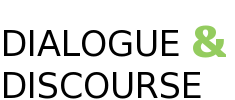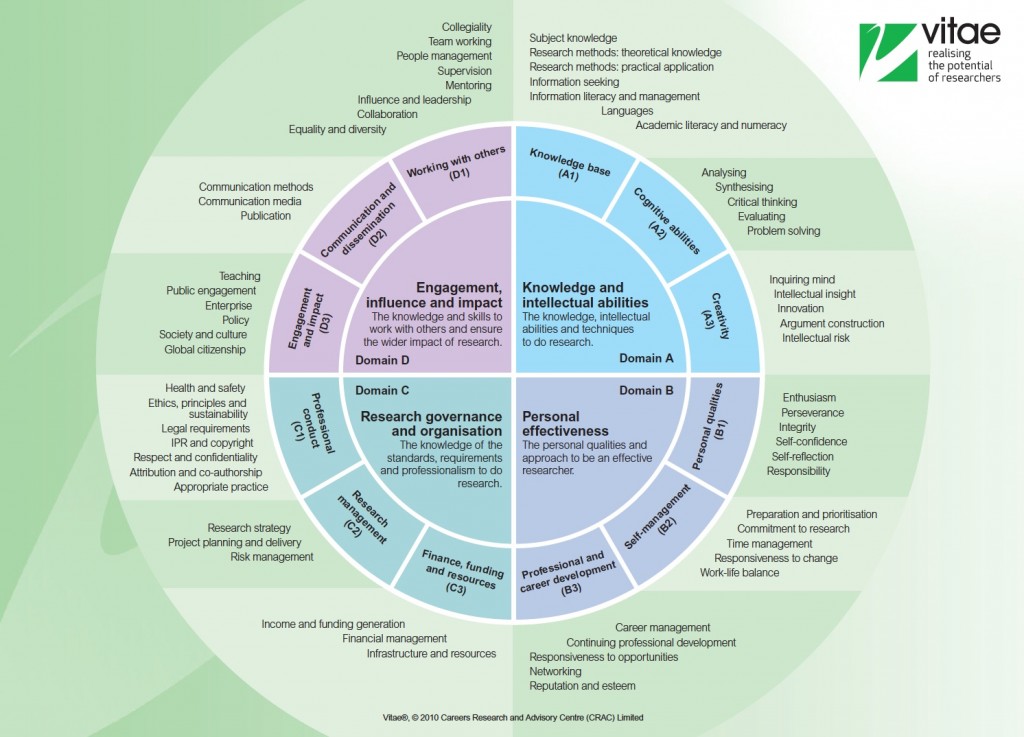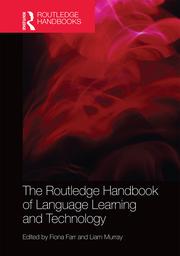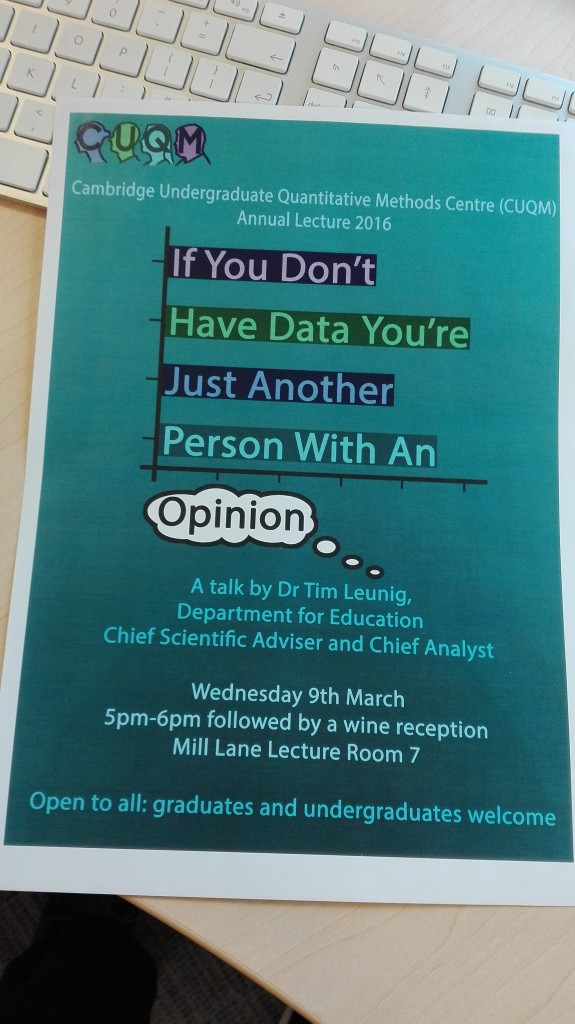From the Corpora-list
Submissions are invited on all topics in the formal, computational, or psycholinguistic study of dialogue and discourse. Submissions received by May 1st will be considered for this issue, which is scheduled to appear in November 2016. Submissions received after this date will be considered for the next regular issue.
Dialogue and Discourse (D&D) is the first peer-reviewed open access journal dedicated exclusively to work that deals with language “beyond the sentence”. The journal adopts an interdisciplinary perspective, accepting work from Linguistics, Computer Science, Psychology, Sociology, Philosophy, and other associated fields with an interest in formally, technically, empirically or experimentally rigorous approaches. We are committed to ensuring the highest editorial standards and rigorous peer-review of all submissions, while granting open access to all interested readers. In addition to publishing a semi-annual regular issue, we publish special issues. Since 2010, we have published 41 papers in 3 special issues and 9 regular issues. The h-index for the journal, with most papers out less than 3 years, is 11.
Submissions are made via the online submission system at http://www.dialogue-and-discourse.org/submission.shtml. Authors are required to indicate if a submission is an extended version of one or more previously published conference paper(s); simultaneous submission to another venue is prohibited. Submissions will undergo rigorous peer-review according to the timeline below. Once accepted and finalised, papers will appear online immediately, as part of the next upcoming issue.
D&D (http://www.dialogue-and-discourse.org) is endorsed by SIGdial, SemDial, and AMLaP. D&D is indexed by the European Reference Index for the Humanities and Social Sciences.
* deadline for submissions May 01
* decision made Sep 01
* revisions due Oct 15
* issue published Nov 15
Dialogue and Discourse Editors
Issue Editor (Spring 2016):
Amanda Stent
Managing Editors:
Raquel Fernandez
Jonathan Ginzburg
David Schlangen
Associate Editors:
Gregory Aist
Matthew Crocker
Barbara Di Eugenio
Danielle Matthews
Rashmi Prasad
Massimo Poesio
Maite Taboada
David Traum
Full editorial board at: http://www.dialogue-and-discourse.org/editors.shtml





